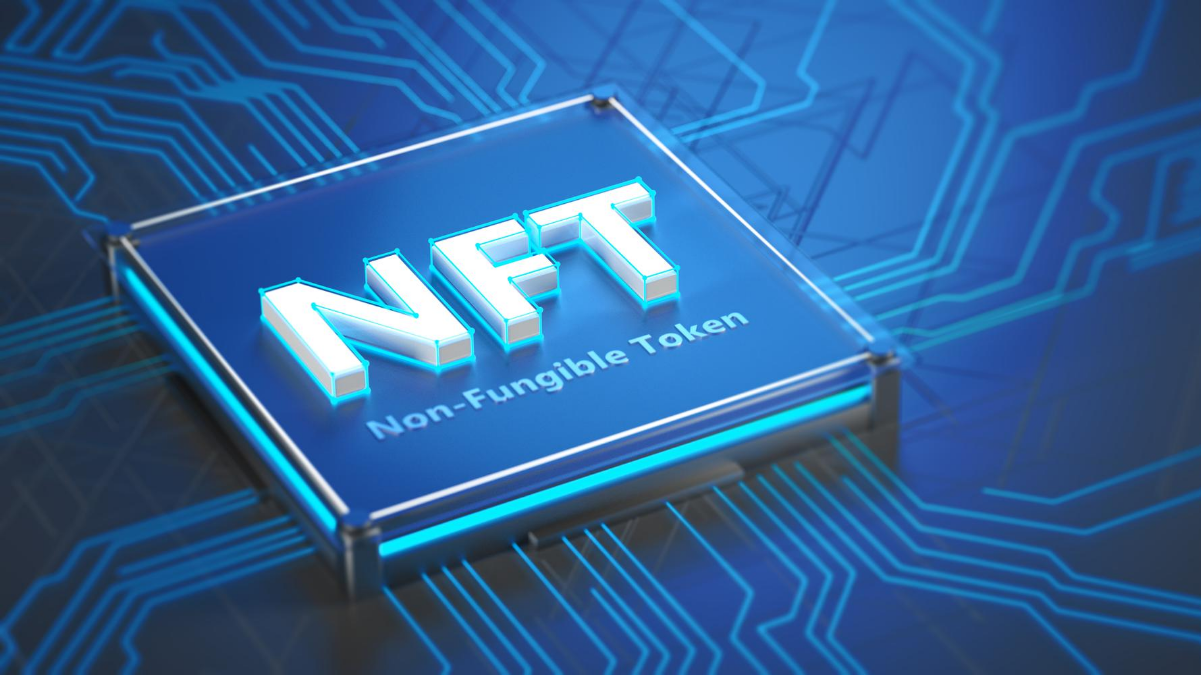The Association NFT collection by NBA is one of a kind. Contrary to common NFTs that remain the same, the NFTs from this collection change their appearance over time. Each NFT represents a player from the NBA’s 16 playoff teams and is connected to live data for that player and the respective team. NFTs change visually based on the performance of the players and the teams during the 2022 NBA playoffs. Visual changes include backgrounds, accessories, and emojis.
The Association collection illustrates NFTs from an emerging genre. They are known as dynamic NFTs that change over time.
Static NFTs vs. dynamics NFTs
Static NFTs don’t change once they’re registered on a blockchain. When minted, each receives a unique token ID and metadata, both of which are permanent.
Dynamic NFTs are customizable tokens that adapt to external data. In this case, NFTs still keep their IDs, but their metadata updates according to preset conditions.
How does the metadata update?
The metadata of an NFT can include its name, description, traits, images, videos, or other file links associated with it. In the case of dynamics NFTs, these parameters can change based on external data.
NFT developers create dynamic NFTs by encoding programmable features with smart contracts. The metadata of the NFT updates autonomously according to the rules defined in these contracts.
In this way, a developer can connect any external data, both on-chain or off-chain, with a new action from the NFT side. For example, the Association NFTs mentioned above are linked to on-court data used to measure the players’ achievements defined in the collection’s smart contract. When an achievement is met, the corresponding NFT visually changes.
In short, the smart contract decides if and how the metadata should change according to predefined conditions.
Use cases of dynamic NFTs
Dynamic NFTs can be deployed across a wide array of applications.
Unlock access to a community
Take, for example, the Pearproof application that allows social media creators to mint NFTs of their posts. It demonstrates how dynamic NFTs can be used to create gated communities and a reward system based on the performance of the underlying NFTs.
The Pearproof NFTs gain value when the posts get more social media engagement. To this end, related data, such as comments, shares, and likes, are linked to NFTs, making them dynamic. If posts become popular, NFTs level up. Fans who possess these NFTs receive varying rewards based on the level of their NFTs. For instance, the creator of the social post can grant access to exclusive events or private Discord channels.
Progressive blockchain games
Character progression is a central theme among video games, including those on the blockchain. As the character levels up in the game, it can gain new traits. Similarly, in-game NFT assets can also be dynamic. For example, an object can become more efficient if specific actions defined in the smart contract take place.
The collectibles game Aavegotchi applies the dynamic NFT concept to create a farming game. Per gameplay, players nurture and level up digital pets with different rarities. The rewards increase only if players really care about their pets, all thanks to the dynamic nature of the NFTs.
Fundraising
Another compelling use case is the short film project by Regenerative Resources. Three short films were minted as dynamic NFTs to raise money for funding reforestation projects. Each film started as one single frame. Every time an NFT was sold, a new frame was revealed until the whole film was complete making the fundraising process more engaging.
The bottom line
There are infinite possibilities for dynamic NFT apps because developers can link data with NFTs in unexpected and new ways, adding to the growing list of NFT utilities.
Credit: Source link































